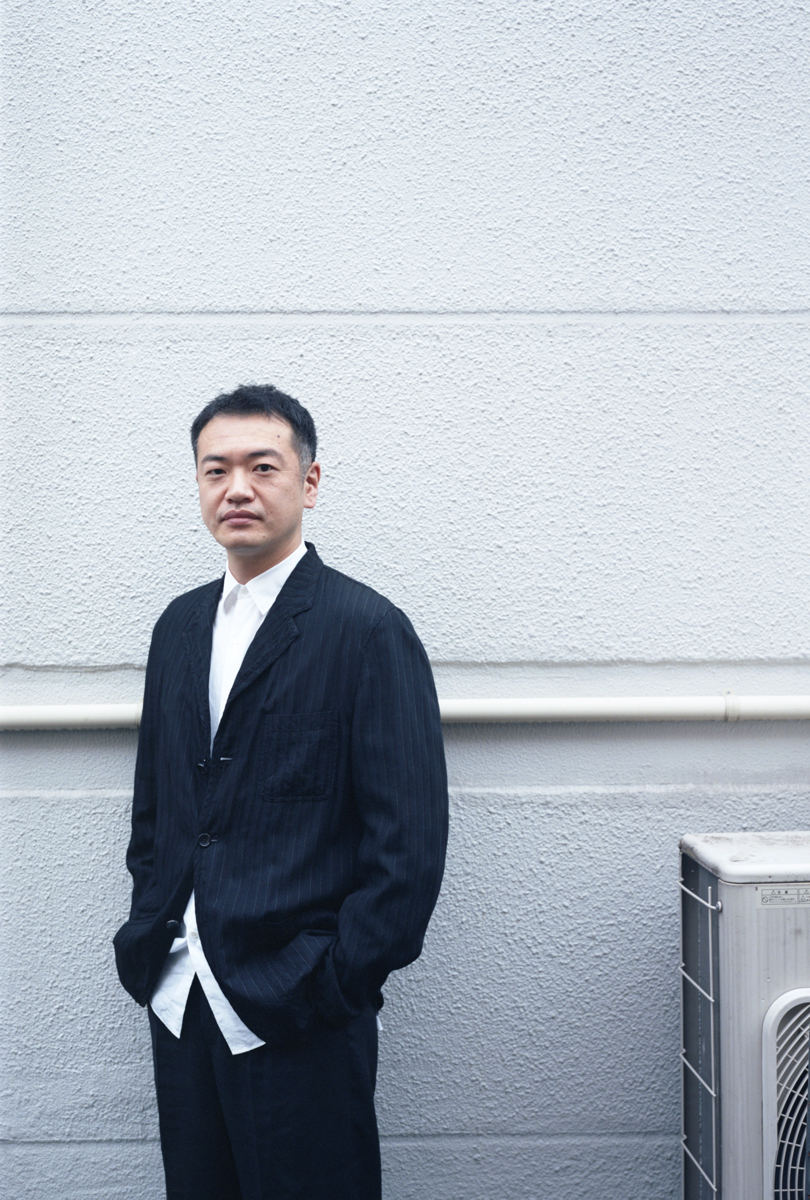阿部海太郎〈日本〉
Artist:Umitaro Abe(Japan)
「大蔵ざらえ」で集まったたくさんの民具。道具としての役割を終えて蔵に眠っていた民具は、叩いたり、揺らしたりすることで、
持ち主さえも忘れていた音を発する。それらの音が、
民具がかつて聞いたであろう風、波、民謡、祭囃子など、珠洲の音とともに再構成され、民具の記憶を奏でたかのような音風景が生まれた。
Many folk utensils collected at Okura Zarae. Folk implements that have finished their role as tools and have been lying dormant in storehouses can be struck or shaken to emit sounds that even their owners had forgotten. These sounds were reconstructed together with the sounds of Suzu, such as the wind, waves, folk songs, and festival music that the folk implements would have heard in the past, creating a soundscape that seemed to play with the memories of the folk implements.

Umitaro Abe(Japan)
「光の方舟」の音楽は、蜷川幸雄演出作など数々の舞台作品に参加し、劇音楽の新しい可能性と楽器の今日的な表現を追求する作曲家、阿部海太郎が手がける。民具に残る記憶のかすかな余光をたどっていくこのシアター・ミュージアムにおいて、音楽は博物館の単なる背景音ではなく、モノの記憶やそれらのモノがかつて使われていた場所の記憶と観客それぞれの記憶をつなぎ、物語を紡いでいく大切な要素となる。
楽器の奏でる音楽だけではなく、珠洲の祭りや浜へ寄せる波、風、今も地域に響く音と、もう残っていないかつての音風景とが、懐中電灯で照らして見つけられた蔵のなかの民具のようにミュージアム各所より聴こえてくる、そんな空間が生まれようとしている。
The music for “Ark of Light” was created by Abe Kaitaro. He has participated in numerous stage productions, including some directed by Ninagawa Yukio, and pursues new possibilities in theater music and the contemporary expression of musical instruments. In this theater museum, which traces the faint afterglow of memories that remain in folkcraft articles, music is not just a background sound but an essential element that creates a story by connecting memories of things and the places where those things used to be to the memories of each person in the audience.
You will hear music played by instruments, Suzu festival music, sounds of the waves and the wind, sounds that resonate in the community, and former sounds that have disappeared. Sounds will come from various places in the museum as the storehouse items light up with a flashlight.